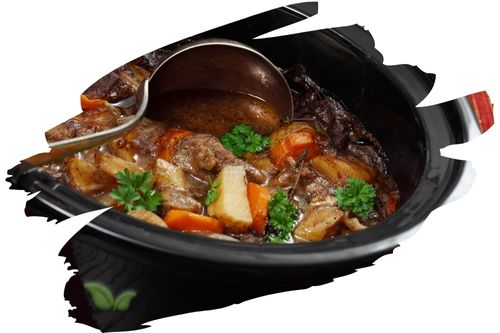
Introduction:
Welcome to the spicy world of habanero peppers! These fiery fruits are known for their intense heat and distinctive flavor, making them a favorite ingredient in many cuisines around the world. In this guide, we'll delve into the fascinating world of habaneros, exploring their history, cultivation, culinary uses, and more.
Habanero: A Brief History
Habanero peppers have a rich history that dates back thousands of years. Believed to have originated in the Amazon region of South America, habaneros were cultivated by indigenous peoples long before the arrival of Europeans. Their name is derived from the Cuban city of La Habana, where they were first introduced to European explorers.
Growing Your Own Habaneros
Choosing the Right Variety
Selecting the right variety of habanero pepper is crucial for successful cultivation. Varieties range in heat level, flavor profile, and size, so it's essential to choose one that suits your preferences and growing conditions.
Ideal Growing Conditions
Habanero peppers thrive in warm, sunny climates with well-drained soil. They require plenty of sunlight and regular watering to flourish. It's also essential to provide support for the plants as they grow, as habanero peppers can become quite heavy when laden with fruit.
Caring for Your Plants
Proper care is essential for healthy habanero plants. Regular watering, fertilization, and pest control are all crucial aspects of habanero pepper cultivation. Additionally, pruning can help promote airflow and prevent disease.
Cooking with Habaneros
Adding Heat to Your Dishes
Habanero peppers are prized for their intense heat and fruity flavor, making them a popular choice for adding spice to a variety of dishes. From salsas and sauces to marinades and rubs, habaneros can elevate the flavor of any recipe.
Handling with Care
When working with habanero peppers, it's essential to handle them with care. The oils from the peppers can cause irritation to the skin and eyes, so wearing gloves is recommended. It's also a good idea to wash your hands thoroughly after handling habaneros to avoid accidental contact with sensitive areas.
Balancing Heat and Flavor
While habanero peppers are known for their heat, they also have a distinct flavor that adds depth to dishes. Balancing the heat of habaneros with other ingredients can help create a well-rounded flavor profile that's not overpowering.
FAQs (Frequently Asked Questions)
-
How spicy are habanero peppers? Habanero peppers are among the hottest chili peppers in the world, ranging from 100,000 to 350,000 Scoville heat units.
-
Can habaneros be grown indoors? Yes, habanero peppers can be grown indoors with proper lighting and temperature control.
-
Are habanero peppers healthy? While habanero peppers contain vitamins and antioxidants, consuming them in large quantities can cause digestive discomfort due to their high capsaicin content.
-
How do you store habanero peppers? Habanero peppers can be stored in the refrigerator for up to two weeks or frozen for long-term storage.
-
What are some culinary uses for habanero peppers? Habanero peppers are commonly used in hot sauces, salsas, marinades, and spicy dishes from around the world.
-
Are there any milder alternatives to habanero peppers? Yes, if you're looking for a milder alternative to habanero peppers, consider using jalapeños or poblano peppers instead.
Conclusion
In conclusion, habanero peppers are a versatile and flavorful ingredient that can spice up any dish. Whether you're a seasoned chili aficionado or just starting to explore the world of spicy foods, habaneros are sure to add excitement to your culinary creations. So why not heat things up in the kitchen with some habanero peppers today?
Alert: While spices can have many beneficial properties for health, using them for medical purposes should be done under the guidance and supervision of a healthcare professional or specialist. Some spices may interact with medications or cause adverse reactions in certain individuals, and it is important to use them safely and appropriately. If you are considering using spices for a medical condition, it is important to consult with a healthcare professional before doing so.




















































